Taking a trip to Italy is a dream for many garden enthusiasts, especially those involved in the world of horticulture. For Professional Horticulture students, A Trip to Italy, Inspired by Longwood Reimagined, makes this dream a reality. This trip offers a chance to explore Italy's famous gardens while learning about Longwood Gardens' history and its connection to Mediterranean plants.
What is Longwood Gardens?
Longwood Gardens, located in Pennsylvania, USA, is one of the most renowned gardens in the world. Established by Pierre S. du Pont, it features hundreds of acres of beautifully designed gardens, fountains, and conservatories. Longwood Gardens is renowned for horticultural excellence and offers educational programs like the respected Professional Horticulture Program. The program lets students gain practical skills, interact with experts, and gain experience through both local and international travel.
Why Choose Italy for Study Abroad?
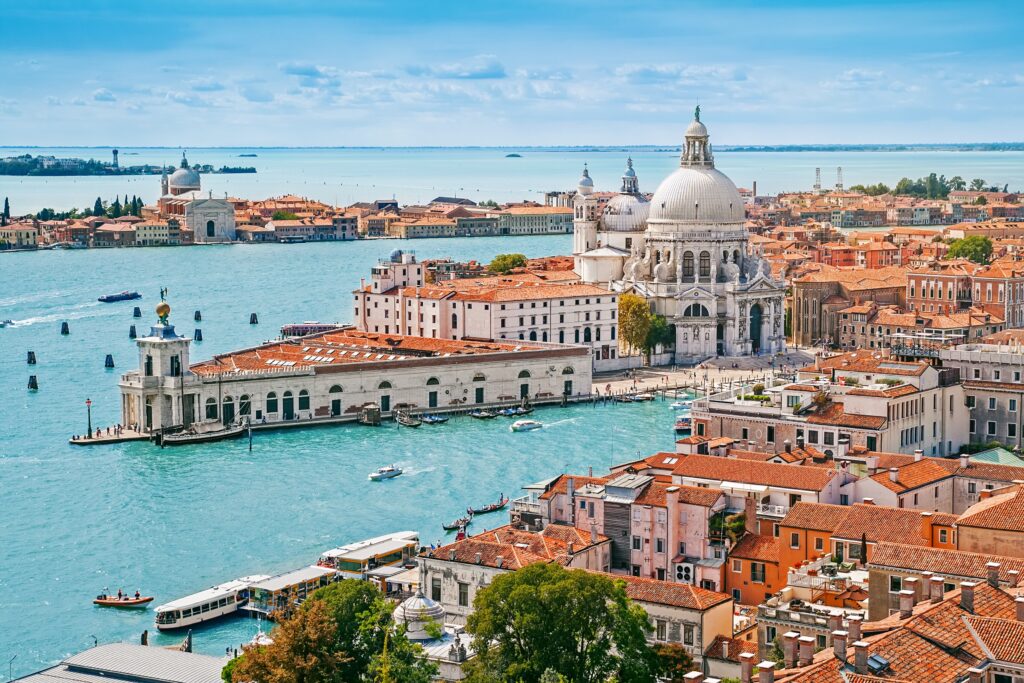
Italy has long been a hub for horticultural excellence. With its Mediterranean climate, rich garden design history, and impact on modern horticulture, it's ideal for expanding knowledge. The Italian Water Garden at Longwood, inspired by Italy’s stunning gardens, makes the country a natural choice for the study abroad trip. Italy’s cypress trees and olive groves offer a unique plant perspective that aligns with Longwood's horticultural vision.
History of Longwood Gardens and its Inspiration

Pierre S. du Pont and the Italian Influence
Pierre S. du Pont, the founder of Longwood Gardens, was deeply influenced by his travels to Italy. In fact, the Italian Water Garden at Longwood was inspired by his visit to Villa Gamberaia, a historic garden near Florence. This trip provided him with a vision that shaped Longwood’s garden design, especially in its use of Mediterranean plants and the formal garden layout. His passion for incorporating Italian garden design is still seen today in Longwood’s West Conservatory, which features Mediterranean-inspired elements.
Longwood’s Mediterranean Roots
Longwood Gardens has always embraced the Mediterranean plant palette, which is one of the hallmarks of Italian gardens. The citrus, cypress, and olive trees found in Italy are thriving in Longwood’s gardens due to the similar climate conditions. Longwood’s reimagined project seeks to enhance this connection, integrating Mediterranean plants in new and exciting ways to continue its legacy of horticultural excellence.
Exploring Italy’s Gardens
Italian Water Garden

A major highlight of the trip is exploring the Italian Water Garden. This area within Longwood was designed with inspiration from Italian gardens, particularly the Villa Gamberaia near Florence. Students in the Professional Horticulture Program will have the chance to explore similar landscapes in Italy, getting a firsthand look at the iconic water features and garden designs that inspired Longwood’s own creation.
Villa Gamberaia: A Historic Garden
Villa Gamberaia is a quintessential Italian garden located near Florence. The garden’s design, characterized by its terraced levels, is a perfect example of Italianate style. With its expansive olive groves and panoramic views, it serves as a historical model for the Italian Water Garden at Longwood. For students, visiting this villa will be an unforgettable experience, where they will witness the roots of Longwood’s garden design philosophy.
Isola Bella: A Baroque Treasure
Located on Lake Maggiore, Isola Bella is another garden that mirrors the style and influence seen in Longwood’s designs. This Baroque-style garden was established in the 1630s and features an array of rare plant species from around the world. The garden’s strategic use of microclimates provides a fascinating look at how Italian gardens have preserved their historical beauty while adapting to the landscape.
The Role of Mediterranean Plants
Italian Plant Palette
One of the most exciting aspects of the trip is the exploration of Italy’s unique plant palette. The Mediterranean climate allows for the cultivation of a variety of plants that thrive in sunny, dry conditions. This includes classic Mediterranean plants like citrus, olives, and cypress, all of which play a key role in garden designs at Longwood and in Italian gardens.
Citrus, Olives, and Cypress: Key Players
These three plants are staples of Italian gardens. Citrus trees line the walkways, olive groves create serene landscapes, and cypress trees add verticality to gardens. These plants are not only beautiful but also symbolic of Italian heritage. Understanding their role in garden design is essential for anyone interested in horticulture, and the study abroad program offers an unparalleled opportunity to observe their use in Italy firsthand.
How Mediterranean Plants Thrive
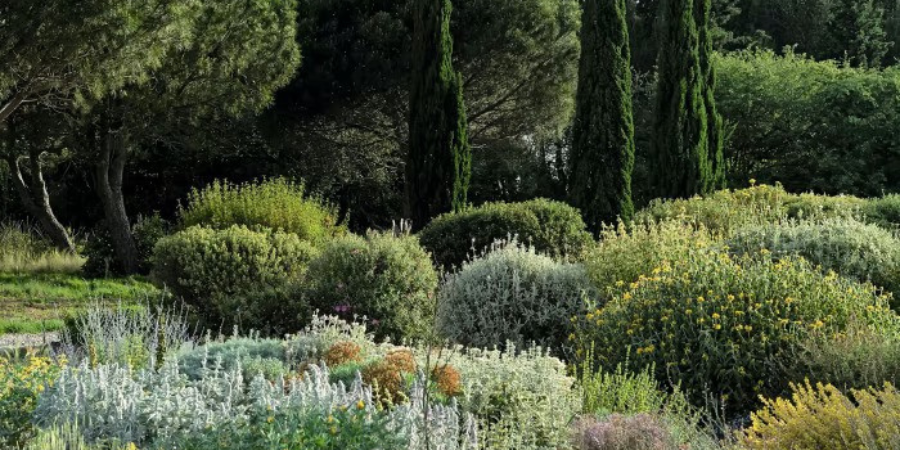
In Italy, Mediterranean plants are able to thrive due to the climate—hot, dry summers and mild, wet winters. This combination allows for the cultivation of drought-tolerant species that are also capable of surviving in poor soil. This is a key lesson for students studying horticulture, as it provides them with the knowledge to apply these techniques in similar climates.
Longwood Reimagined: Merging the Past, Present, and Future
The Role of Longwood’s New Project
Longwood Gardens is undergoing a transformation with its Longwood Reimagined project, which aims to integrate the historical elements of the garden with modern horticultural practices. The program includes a major focus on Mediterranean plants, and students will get to witness firsthand how these plants are incorporated into Longwood’s new designs.
Integrating Historical and Modern Practices
One of the primary goals of the study abroad trip is to explore how historical garden design can blend with modern horticultural practices. By visiting Italy’s iconic gardens and working with horticulture specialists, students will learn how to incorporate age-old techniques like terracing and water management into contemporary garden design.
The Professional Horticulture Program: A Bridge to Global Horticulture
Gaining Practical Skills through Travel
The Professional Horticulture Program offers students the opportunity to gain hands-on experience in gardens around the world. Through the study abroad trip to Italy, students can apply the skills they’ve learned in the classroom to real-world gardens, allowing them to gain a deeper understanding of the art of garden design.
Fundraising and Plant Sales for the Trip
Fundraising efforts and plant sales made the trip to Italy possible. The students have worked hard over the past year, growing plants like poinsettias, cyclamen, and ferns in Longwood’s student greenhouse. These sales help support their educational journey and allow them to bring their knowledge of horticulture into the field.
Famous Gardens in Italy: A Personal Experience
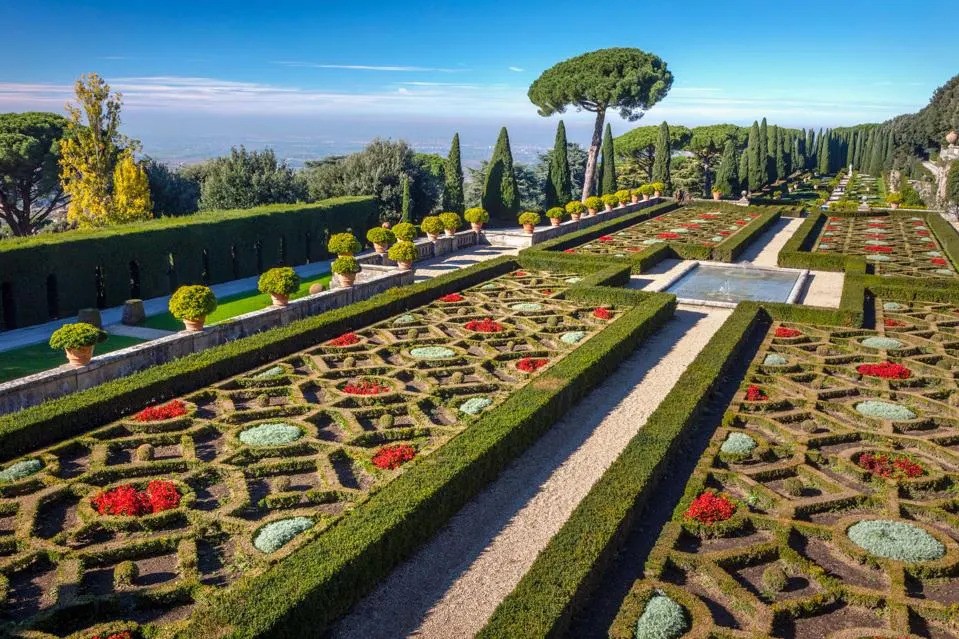
Villa Taranto and its Unique Plant Species
Villa Taranto, located on the western shore of Lake Maggiore, is home to over 3,000 plant species. Students will have the opportunity to explore this historic botanical garden, which includes a glasshouse, herbarium, and fountains. Many of the plants at Villa Taranto, like the Tasmanian Tree Fern and Santa Cruz Water-platter, are also part of Longwood’s collection, creating an exciting opportunity for comparison.
Visiting Private Gardens in Venice
The study abroad trip also includes visits to private gardens in Venice. These gardens provide a more intimate view of Italian horticulture and allow students to interact directly with horticulturalists who are experts in maintaining rare and exotic plants. These visits will provide students with insights into how climate change affects gardening, especially in areas cultivating Mediterranean plants.
How Italian Gardens are Preserving History
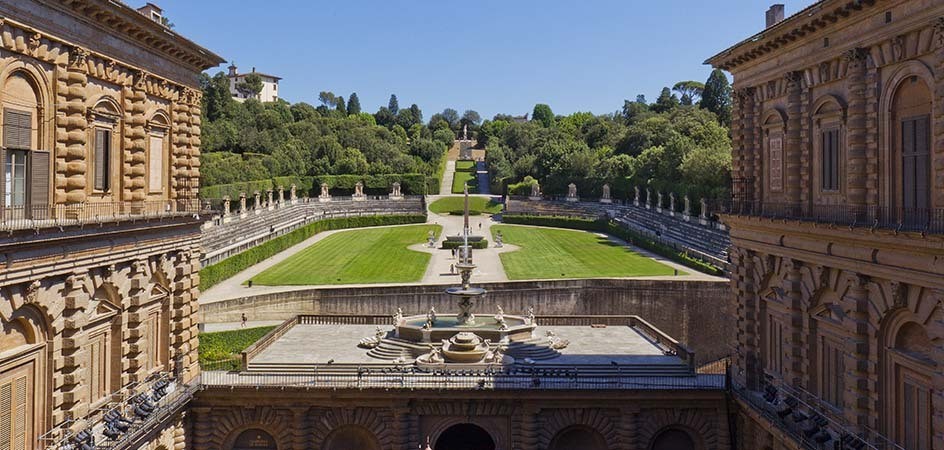
The Role of Horticulture in Garden Conservation
Italy’s historic gardens are not just beautiful—they are also crucial for preserving the country’s horticultural heritage. Many of the gardens visited during the trip focus on garden conservation, showing students the importance of horticulture in maintaining historical landscapes for future generations.
Italy's Horticulture Today: Climate Change and Adaptation
Impact of Climate Change on Italian Gardens
As climate change continues to affect the global environment, Italy’s gardens are facing unique challenges. The Mediterranean climate is becoming increasingly unpredictable, with extreme weather events impacting plant growth. Students will explore how Italian horticulturists are adapting to challenges and using sustainable practices to protect their gardens during the study abroad trip.
Conclusion
A trip to Italy, inspired by Longwood Reimagined, lets students explore Mediterranean plants and garden design. They gain hands-on experience, visit renowned gardens, and interact with experts, applying insights to their careers at Longwood Gardens.
FAQs
What is the Longwood Reimagined project?
The Longwood Reimagined project aims to redesign the gardens at Longwood, featuring Mediterranean plants and modern horticultural practices.
Why is Italy a great destination for horticulture students?
Italy boasts a rich garden design history, Mediterranean plants, and unique horticultural practices, making it perfect for gardening studies.
How does the Professional Horticulture Program benefit students?
The program equips students with practical skills, offers international learning experiences, and provides opportunities for hands-on work in world-class gardens.
What is the significance of Mediterranean plants in gardening?
Mediterranean plants are drought-tolerant and thrive in dry, sunny conditions, making them perfect for sustainable gardening in similar climates.
What impact is climate change having on Italian gardens?
Climate change is causing unpredictable weather patterns, which challenge traditional gardening practices. Italian horticulturists are adapting by implementing sustainable and climate-resilient techniques.
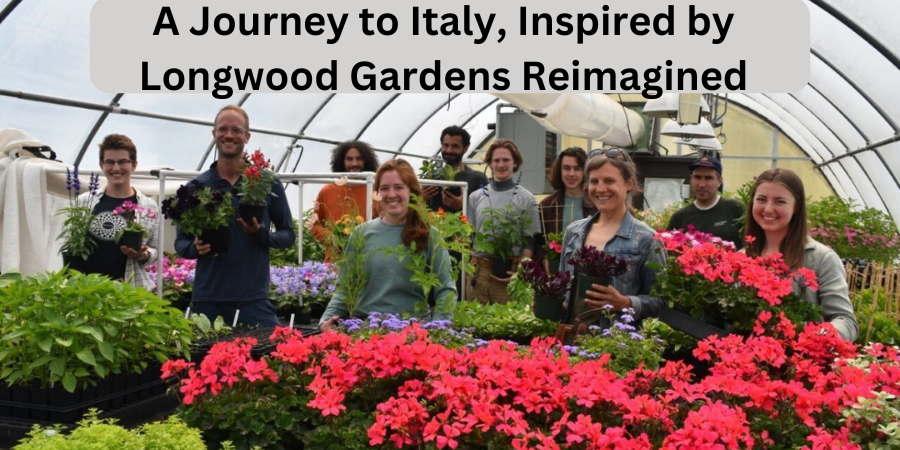
2 Responses